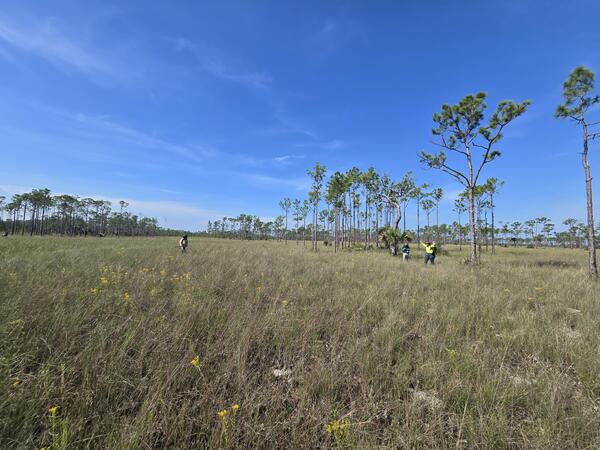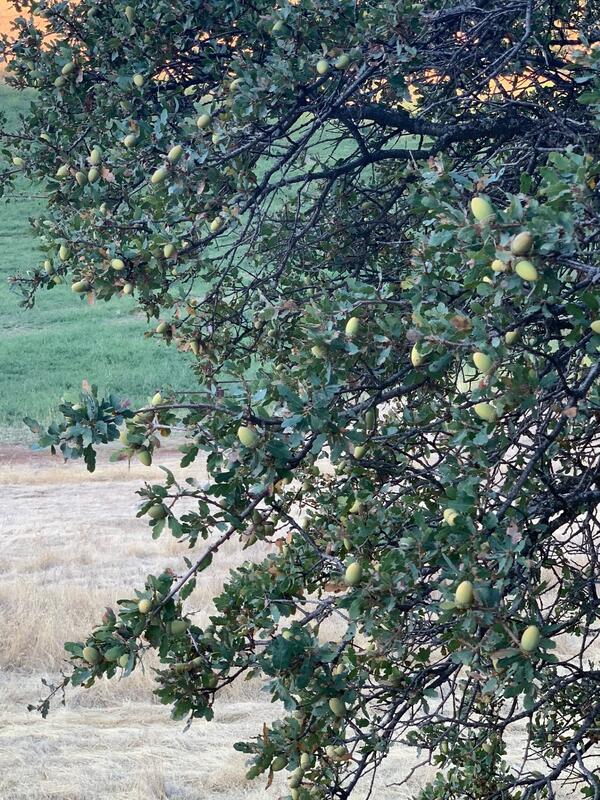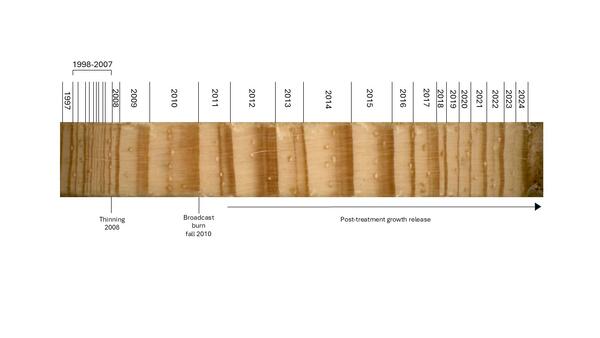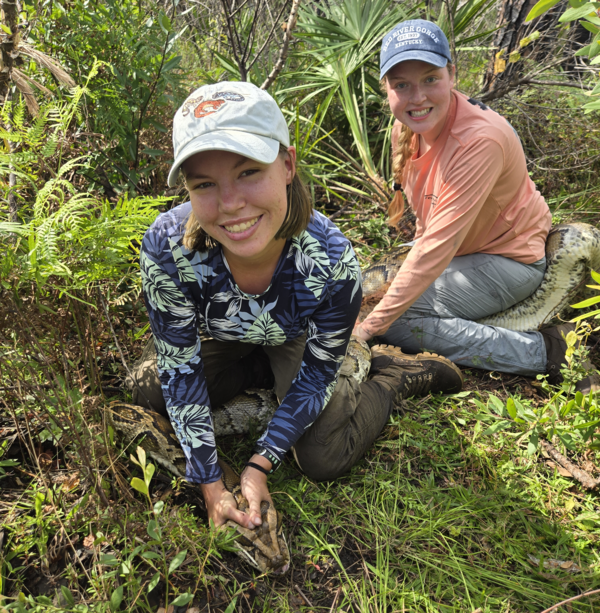USGS researchers test new UAS technology for locating invasive pythons in the Everglades
USGS researchers test new UAS technology for locating invasive pythons in the EvergladesUSGS scientists are testing new radio‑tracking technology mounted on small uncrewed aircraft systems (sUAS) to locate pythons more frequently, improving research data, efficiency, and staff safety.





















